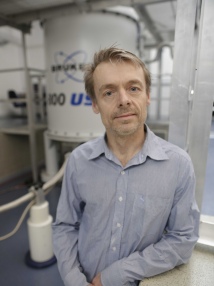BibTex format
@article{Andreasen:2019:10.1128/mBio.02279-18,
author = {Andreasen, M and Meisl, G and Taylor, JD and Michaels, TCT and Levin, A and Otzen, DE and Chapman, MR and Dobson, CM and Matthews, SJ and Knowles, TPJ},
doi = {10.1128/mBio.02279-18},
journal = {mBio},
title = {Physical determinants of amyloid assembly in biofilm formation},
url = {http://dx.doi.org/10.1128/mBio.02279-18},
volume = {10},
year = {2019}
}

